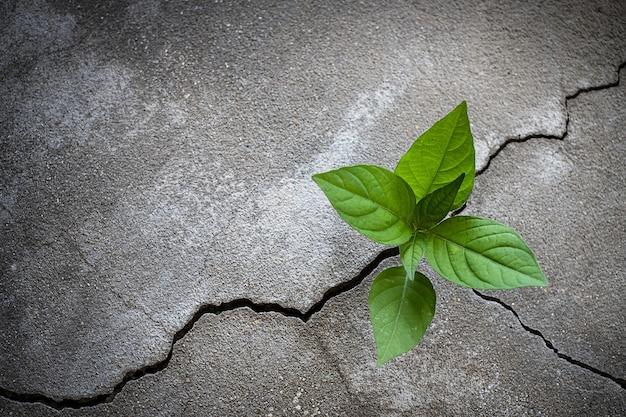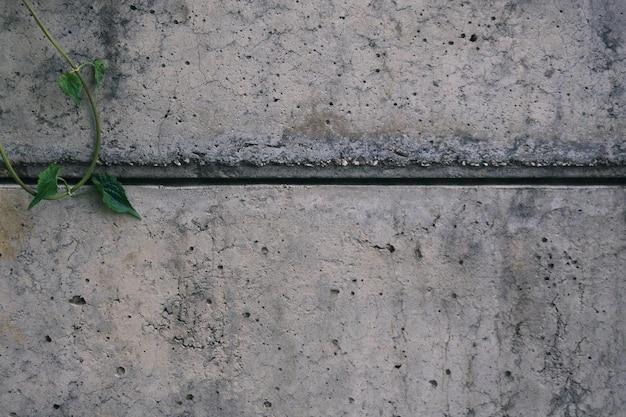Are you a builder or contractor looking for a durable foundation for your next project? Have you heard of “stem concrete,” but aren’t quite sure what it entails? Look no further, as this blog post will give you a comprehensive understanding of stem concrete and its advantages as a construction material.
First off, let’s define what a concrete stem is. Essentially, it’s a concrete wall running along the perimeter of a building’s foundation. This wall acts as a support beam for the structure, distributing the weight of the building evenly across the foundation. This technique is commonly used in residential, commercial, and industrial construction.
But what are the downsides to using stem walls as a foundation? One potential disadvantage is the increased cost. Since stem walls require more concrete and labor to construct than traditional foundations, they can be pricier. Additionally, stem walls may be more susceptible to water damage if not properly waterproofed.
Overall, stem concrete is a strong and reliable foundation option for any builder or contractor. In the rest of this post, we’ll delve deeper into the advantages and disadvantages of this construction technique, giving you all the information you need to make an informed decision for your next project. So, let’s get started!
Concrete: More Than Just Gray Stuff
When people think of “concrete,” they often imagine gray, rough, and unappealing structures. However, what most people don’t know is that modern concrete is incredibly versatile, adaptable, and beautiful. Here are some surprising facts about concrete that might change your perspective about the versatile building material.
Decorative Concrete: Beauty Meets Durability
Decorative concrete is not only functional but also incredibly beautiful. By combining various techniques and finishes, you can give concrete the look of natural stone, wood, or even leather. Colored and stamped concrete surfaces have become more and more prevalent in both commercial and residential settings, creating an incredible aesthetic that blends durability with style.
Sustainable Concrete: Innovation Meets Ecology
The production of concrete has been notorious for its environmental impact for decades, with significant greenhouse gas emissions and energy consumption. However, scientists and engineers are finding innovative ways to tackle these issues, and some types of concrete are now part of a sustainable solution for building houses and infrastructure. With advancements in technology and techniques, concrete can now include recycled materials, reduce emissions, and increase durability, making it an eco-friendly material for construction.
Versatile Concrete: Affordable Meets Creative
Concrete is an incredibly versatile material that can work with any style or budget. Whether you are renovating an old building, designing a modern home, or constructing a commercial space, concrete can fit any aesthetic and financial considerations. Its versatility means that concrete can be molded and shaped in various ways, making it one of the most practical and durable materials for construction.
In conclusion, concrete is more than just gray stuff. With its durability, sustainability, versatility, and beauty, concrete has become a vital material for the future of architecture and construction. So, next time you see a concrete wall or floor, remember that it is more than just a functional element—it is a beautiful and versatile building material.
Stem Wall Definition
Stem walls are the base structures that support a building’s foundation. They are usually made of concrete and are designed to support the weight of the entire building. Stem walls are a crucial component in the strength and stability of any construction project.
What Is a Stem Wall
A stem wall is essentially a vertical concrete wall that supports the weight of a building’s foundation. It is usually a few inches thick and extends above ground level. The height of the stem wall can vary depending on the type of construction and the expected soil conditions.
Importance of Stem Walls
Stem walls are extremely important because they provide a solid and stable base for the foundation of a building. Without them, the foundation would be vulnerable to movement and instability. Movement of the foundation can cause cracks in walls and floors, which can compromise the structural integrity of the building. Proper construction and maintenance of stem walls are necessary to avoid such problems.
Types of Stem Walls
There are various types of stem walls, including those with a vertical or inclined profile. The type of stem wall used will depend on the soil conditions and the type of construction involved. Proper evaluation of the soil conditions is essential to selecting an appropriate stem wall type.
In summary, stem walls play a crucial role in the stability of any building’s foundation. They are an essential component in the construction process and must be properly constructed and maintained for the safety and long-term durability of the structure. With this information, you can now appreciate the importance of stem walls in your construction projects.
What is a Concrete Stem
If you’re new to the world of construction, you may have heard the term “concrete stem” thrown around and wondered what it actually means. Simply put, it’s a reinforced concrete wall that extends above the foundation of a building. But let’s dive deeper into what makes a concrete stem an essential component of any construction project.
How Does It Work
The concrete stem provides additional support to the building by preventing lateral movement and resisting external forces such as wind, earthquakes, and heavy loads. Essentially, it acts as a barrier that holds the weight of the building and transfers it to the foundation below.
Why is it Important
A concrete stem is critical in ensuring the structural integrity of a building. Without it, the building would be less stable, which could lead to cracks or even collapse in extreme cases. Plus, the stem can also serve as a barrier against water infiltration, keeping the building dry and preventing damage to the interior.
How is it Constructed
Typically, the stem is constructed by pouring a concrete wall on top of the foundation, using steel reinforcing bars to hold it in place. To ensure even greater stability and prevent cracking, some builders will pour a thicker stem than what is required by code. The stem can also be customized in terms of shape, size, and height, depending on the specific needs of the building.
In summary, a concrete stem is an essential part of any construction project, providing additional support to the building and ensuring its stability. By understanding the mechanics and benefits of this critical component, you’ll have a better appreciation for the complexity and engineering involved in constructing a safe and durable building.
What are the Disadvantages of Stem Wall Foundation
Stem wall foundation has its advantages, but it also has its drawbacks. Here are a few things to consider before opting for a stem wall foundation.
Not Suitable for All Soil Types
One of the biggest disadvantages of a stem wall foundation is that it is not suitable for all soil types. Stem wall foundation requires stable and deep soils that can provide adequate support to the structure. In areas with expansive soil or high water tables, stem wall foundation may not be the best option as it can cause structural damage and compromising the foundation’s stability.
Limited Durability
Stem wall foundation lacks durability compared to other foundation types. This type of foundation is prone to damage and wear over time, especially when exposed to extreme weather conditions and natural disasters. Cracks and shifts on the foundation can lead to severe damage in a structure, costly repairs or even a total rebuild of a foundation.
High Cost
Another common challenge of stem wall foundation is its cost. This foundation type involves more excavation, reinforcement, and concrete compared to other foundation types. The added cost can put significant strain on a project’s budget, making it less feasible for homeowners or business owners with limited resources. Additionally, the higher upfront cost of stem wall foundation can discourage some builders from using it.
Limited Customization
Stem wall foundation is less versatile compared to other foundation types. It is not as customizable as a pier and beam foundation or slab foundation. It may not be the best option for irregularly shaped structures, and it may force limit the design possibilities of a structure.
In conclusion, stem wall foundation has some popular disadvantages that one needs to consider before settling for it. But as with everything, the decisions one makes depend on the suitability of the foundation type to their project, the budget, and the soil type. Ensure to evaluate the pros and cons of stem wall foundation before deciding on its use in your project.



